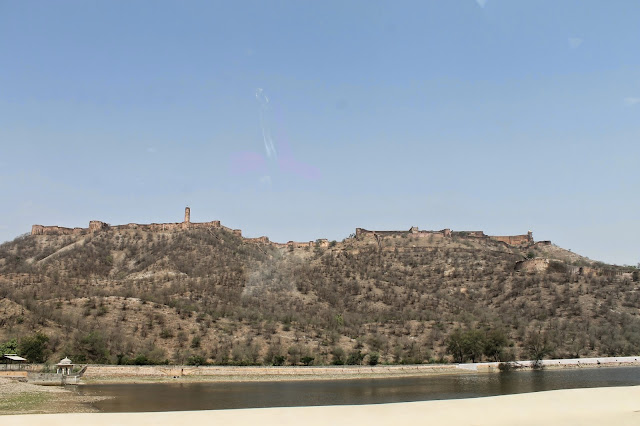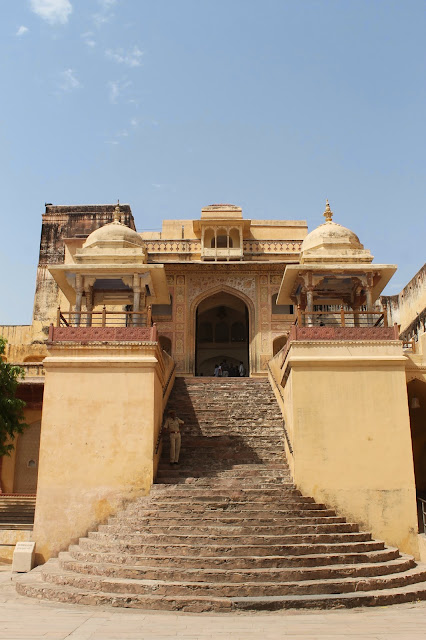You cannot truly enjoy the essence of Kolkata if you do not take to the streets of this city. The City of Joy has more to offer to those travelling on their feet and exploring the city than it can offer to anyone sitting inside their air conditioned cars and driving away to glory through the roads. The City wakes up as early as 4 am . Though not many people can be seen on the roads at that time save those who are regular train commuters and morning walkers , by 6 :30 business resumes with full force.If you go out for a morning walk you will get to see some beautiful and unusual sights. People feeding pigeons on their rooftops or in the streets is an age old practice which have been kept alive. Thus it is common to see a little child with his / her grandparents feeding lots of pigeons in the morning.
Varieties of transport can be spotted on the streets.Cars driven by the morning walkers fill in every inch of the roadside parking space; Buses and trams carrying people to their office or work place ; hand pulled rickshaws , though on a verge of extinction can be seen carrying elderly people mostly women for their daily marketing to the local markets.
 |
| FEEDING PIGEONS ON ROOFTOPS |
Animals have a special connection with sunrise. No sooner does dawn approach than all the cocks start crowing, the birds chirp and sing their own melodies , the dog starts attending to its masters orders and occasionally a cat can be seen outside its masters doorstep waiting to be let in and cuddled with love and affection.
The footpaths are mostly occupied by those without whom a morning in this city is incomplete- whether it be a weekday or the weekends. A tea stall with the vendor going haywire listening to the many orders that comes pouring in is a regular sight.Often little boys also help their fathers and brothers in serving the customers.Men can be seen waiting in queues to get their beards shaved and hairs cut from the barber, who quickly tends to the demands of each of his customers. The cobbler sitting at a distance too seems to be very busy mending the soles and stitching the shoes that have been given to him.All these people fight against time as their customers come with very little time in hand and it is up to them to work fast and well lest they loose a customer and fees!
 |
| PHOTO COURTESY: PRAGATI GUPTA AND GARIMA JHAWAR |
 |
| PHOTO COURTESY: PRAGATI GUPTA AND GARIMA JHAWAR |
The local markets are the busiest places in the mornings apart from the parks and gardens where there is a crowd of morning walkers. In the market there is a crowd of morning shoppers. Every direction one looks there are vendors howling on top of their voices to attract customers; the regular buyers bargaining to get their stuffs at cheaper rates; vendors fighting among themselves, sharing the newest joke, discussing politics and games and most importantly trying to make the maximum profit.
Chawls are a common aspect in Kolkata.Though not as famous as the Dharavi in Mumbai, there still exist a few and exhibit the same qualities as of the chawls of Mumbai and other places. Work for them begins as usual by collecting and storing water which comes only for two hours. The endless line and women folk fighting for their turn is an everyday affair. The kids help their mothers in doing the household chores. The men relax in the morning by playing cards or getting up late as they have a tiring day ahead.
Education in India plays a very important role in securing the future of a child.Thus mostly every child goes to school either early in the morning, or in the afternoon after finishing off with their household chores or attend night schools especially run for those children who work during the day and help in the family income.
Mending of roads, bridges and other construction works in Kolkata are not new to the eye. In many places one can see tents being put up by the workers and their work begins as early as dawn. They work through the whole day to speed up the process of repair or building so that the people can use it to their welfare.
 |
Mark my words, by the time you come back from your walk no matter which ever road you take you can hear the horns of the cars, see the dust emitted by cars in the air and notice parents dragging their willing or unwilling children to make them catch their buses to school(except on a Saturday or Sunday). The traffic guards and policemen are on their duties and the famous traffic jam has already affected the streets.
When in Kolkata you simply cannot miss out these small experiences which define the city itself. Even under such tension, pressure and hastiness one never fails to stop by and see the smiling faces of the people or the many stories that these faces tell or the spark in the eyes of the people. These are the things which truly gives the city its name- The City of Joy as the people are happy and positive no matter what the circumstances are.













































